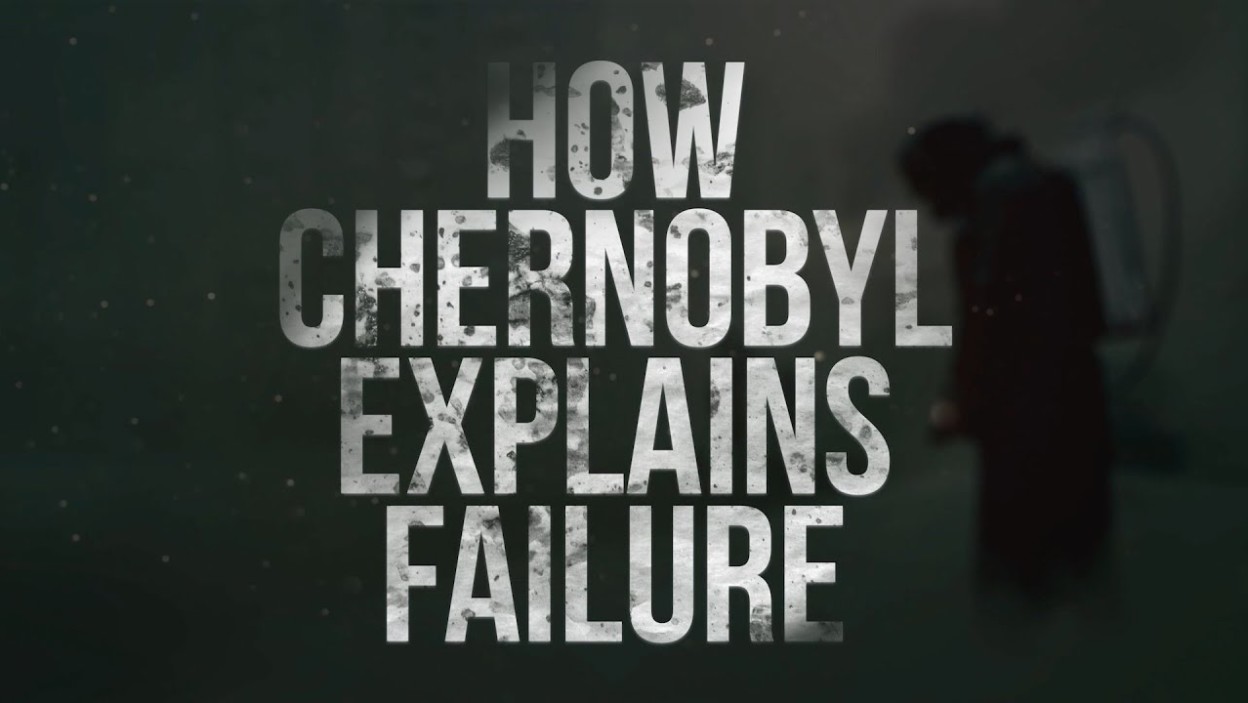When something goes wrong in your organization, who gets blamed—and how does the team fix it? 36 years ago this week, the Chernobyl reactor exploded, threatening Europe, and the world at large, with radioactive fall-out. Scientists, politicians, and thousands of workers made heroic efforts at great personal risk to contain the damage and prevent another disaster, despite the sclerotic, paranoid Soviet culture. But how?
Drawing from HBO’s mini-series “Chernobyl” and James Reason’s classic, “Managing the Risks of Organizational Accidents,” we explore the factors that contribute to organizational failure (and why people tend to focus on the wrong ones), as well as how to design systems and cultures that are safer and more resilient. Most importantly, we examine how individuals working together can implement change despite seemingly impossible circumstances.
We’re telling more stories that prove that when people work together, change is, in fact, possible. If you know of a great story, or have feedback on this video, we’d love to connect. Please note, this video may not be available in all regions.








The Evolutionary Edge
Every Link Ever from Our Newsletter
Why Self-Organizing is So Hard
Welcome to the Era of the Empowered Employee
The Power of “What If?” and “Why Not?”
An Adaptive Approach to the Strategic Planning Process
Why Culture/Market Fit Is More Important than Product/Market Fit
Group Decision Making Model: How to Make Better Decisions as a Team